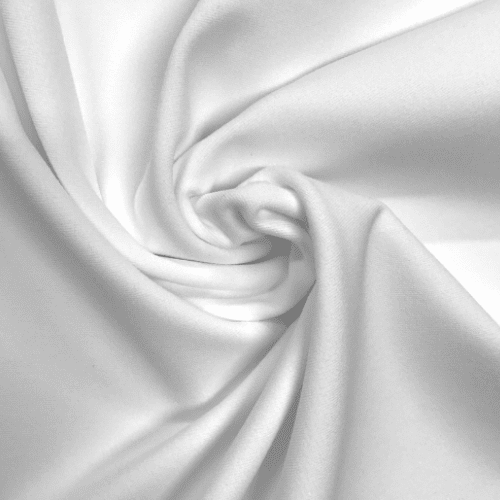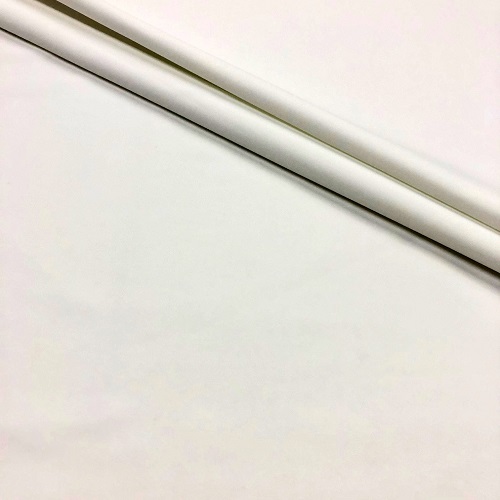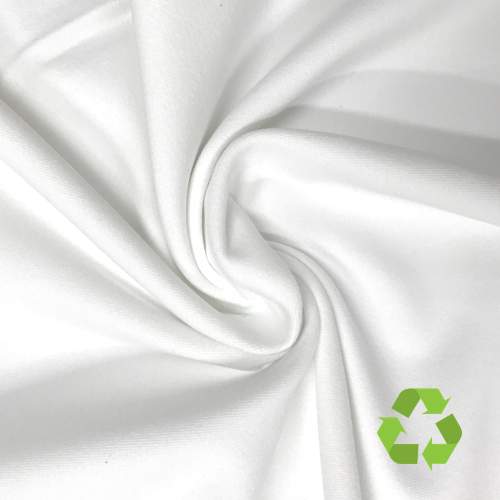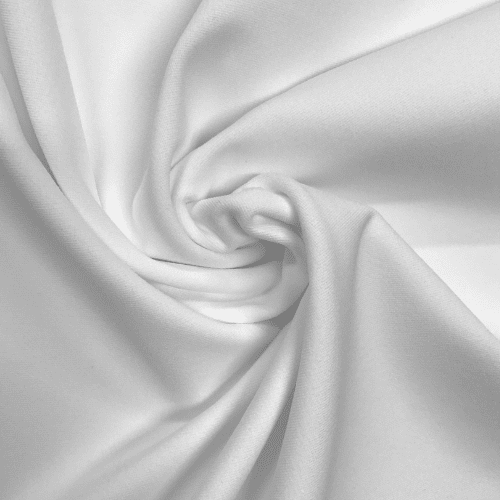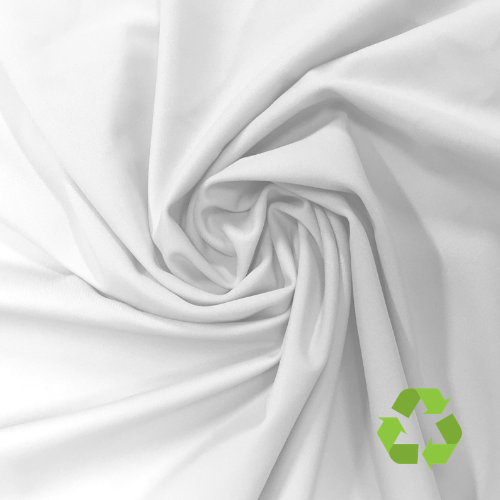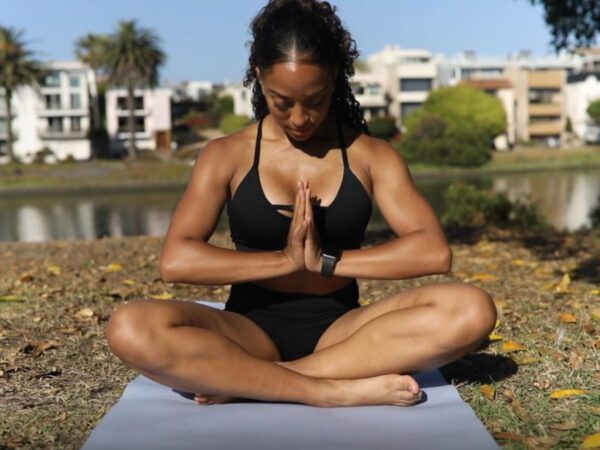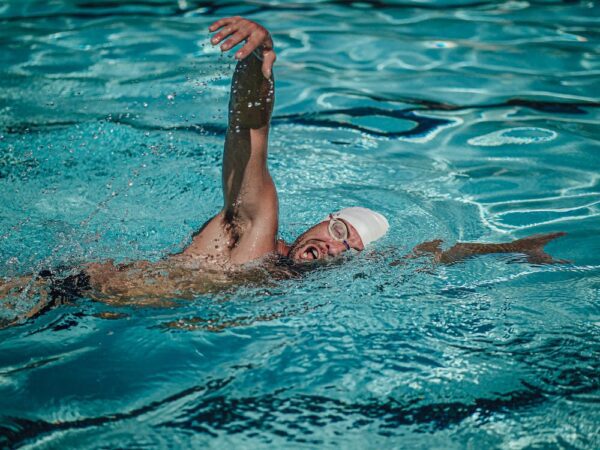
Protective Mask From Stretch Fabric
The COVID-19 virus has presented a rapid need for proper personal protection equipment (PPE), including face masks for medical needs as well as general use by the public. At Pine Crest Fabrics, we have received many requests for fabrics to be used in the making of Protective Mask From Stretch Fabric.
As of April 2nd, 2020, the White House has advised that everyone should wear a cloth mask when in public. Pine Crest Fabrics now stocks Disposable Filters + Reusable Masks.
We have many suitable fabrics in stock and ready to ship including:
- Cotton/Poly/Lycra
- Wicking Supplex
- Cotton/Spandex
- Dri-Fit Fabric
- Dharma (Wicking Treatment)
- And many more…
Continue reading to learn more about the efficacy of DIY face masks and how to properly develop them. Please note the details below are not FDA or CDC approved and masks made following this guidance may not be suitable for medical professional use.
*Disclaimer: This article is based on the opinion of the author. The information below is not based on any laboratory testing or expertise on personal protective equipment (PPE). Pine Crest Fabrics provides these suggestions for face masks fabric based on our knowledge. The details below should not be perceived as professional advice. There is no guarantee that the following information will prevent infection, as no tests were performed to substantiate the recommendations. Pine Crest Fabrics takes no liability regarding the performance of the fabrics or masks made using them.
—–
To provide accurate information, Pine Crest Fabrics sought guidance on personal protection equipment (PPE) from the Food and Drug Administration. Please visit the FDA Guidance for Industry and FDA Staff on Surgical Masks for more information on how face masks are regulated as medical devices. It is important to note, that “[w]hile a facemask may be effective in blocking splashes and large-particle droplets, a facemask, by design, does not filter or block very small particles in the air that may be transmitted by coughs, sneezes or certain medical procedures. Facemasks also do not provide complete protection from germs and other contaminants because of the loose fit between the surface of the facemask and your face.”
According to the Centers for Disease Control (CDC), “[t]hree key factors are required for a respirator to be effective: (1) the respirator has to be put on correctly and worn during the exposure; (2) the respirator must fit the user’s face snugly to minimize the number of particles that bypass the filter and get into the breathing zone through gaps between the user’s skin and the respirator seal; and (3) the respirator filter needs to be highly effective at capturing particles that pass through the filter.”
Developing a protective mask from stretch fabric to protect against infection is complicated, which is why these devices require rigorous testing to ensure they are safe and effective. As you develop your face mask, consider the following information to ensure effective use.
Key Factors
1. Proper Size and Fit
which covers the nose and mouth and allows for entry of air only through the mask. Stretch knit fabrics can be used to make masks that fit the face snugly without being uncomfortable. Though many online facemask patterns suggest woven cotton, these textiles have no stretch, which can negatively impact fit. Ensuring a proper fit depends on the facemask construction, test your pattern so there are no gaps at the edges which can allow entry or escape of particles. There are many patterns for face masks online, but all may not be effective. It is advised to test your pattern for size and fit before bulk production of masks.
2. Adequate filtration
to avoid the transmission of particles while breathing, utilizing multiple layers of tightly knitted (or woven) fabrics for the facemask. (This information is based on surgical masks which use three layers of polypropylene, and the N95 respirator construction that has 4 layers, “an outer layer of spun-bond polypropylene, a second layer of cellulose/polyester, a third layer of melt-blown polypropylene filter material and an inner (fourth) layer of spun-bound polypropylene.”)
3. Breathability
to allow for comfortable respiration. Layering breathable fabrics provide a combination of easy breathing and increase filtration.
4. Comfort
is essential with the humidity created by breathing. To move moisture away from the face, a wicking fabric on the inside of the facemask should improve comfortability. Many patterns call for using elastic ear loops to hold the mask to the face. Other methods utilize elastic bands or stretch fabric strips that go around the head, which seems to be a more secure method.
The information below is for re-usable facemasks made using Pine Crest Fabrics’ in-stock and promotional fabrics, and all are blended from spandex. It is important to note that a proper washing/sanitizing routine is vital for reuse.
CLEANING INSTRUCTIONS
- Use mild detergent and non-chlorine bleach only
- Do not wash in hot water; cold water is advised to extend the life of the fabric
- Isopropyl Alcohol may be used for spot cleaning and sanitization purposes. It is advised to test alcohol on a small inconspicuous area first.
Materials Suggestions
1. Elastics
Pine Crest Fabrics does not stock notions like elastic. However, we’ve been alerted there is a shortage of 1/4″ elastic used for ear straps. Our do-it-yourself solution is creating binding strips from a high spandex item like our Compression Tricot.
2. Inner layer
A hydrophobic fabric is recommended for wicking away moisture/humidity. All fabrics listed below have a wicking treatment and soft hand for comfort near the face.
3. Filtration layers
must be absorbent cloths, which is why many face mask guides recommend 100% cotton. However, filtration testing shows exceptional filtration for blended cotton fabrics. It is advised to use a minimum of three layers for filtration but adds more depending on the weight of fabrics being used. Filtration improves with more fabric layers, but the mask must be breathable and comfortable to function correctly. Heavier fabrics provide increased filtration, lighter provide more breathability. We offer these recommendations without test results, and all information is based on fabric construction and fiber properties.
4. Outer Layer
A hydrophobic fabric made from polyester or nylon can be used, which, if positioned correctly, may allow inner moisture to wick outward. (This logic is based on the N95 respirators in which the outermost layer is hydrophobic, i.e. repels water.) We do not advise the use of water repellent or waterproof fabrics for the mask, as moisture may become trapped in the mask and be uncomfortable for the wearer.
Note: All fabrics listed in Section 2. Inner Layer can also be used for Outer Layer.
Please remember that proper sewing construction of a protective mask from stretch fabric is essential so that they fit well. Test fabrics to ensure you can breathe comfortably through the layers. The fabrics suggested in this article are not tested or approved for medical use; this information is provided to assist in DIY masks made for general purpose use.
Take a look at our Quick Stitch Face Mask Tutorial to see how to sew a protective face mask using our twister pattern!
Below are some of the fabrics listed above, please reach out to your Fabric Specialist to place an order today!
Resources:
Can DIY Masks Protect Us from Coronavirus?
What Are The Best Materials for Making DIY Masks?
Send your masks to healthcare workers without leaving your house.
DIY Face Mask Patterns – Filter Pocket & Adjustable Ties!
*Disclaimer: This article is based on the opinion of the author. The information below is not based on any laboratory testing or expertise on personal protective equipment (PPE). Pine Crest Fabrics provides these suggestions for face masks fabric based on our knowledge. The details below should not be perceived as professional advice. There is no guarantee that the following information will prevent infection, as no tests were performed to substantiate the recommendations. Pine Crest Fabrics takes no liability regarding the performance of the fabrics or masks made using them.





